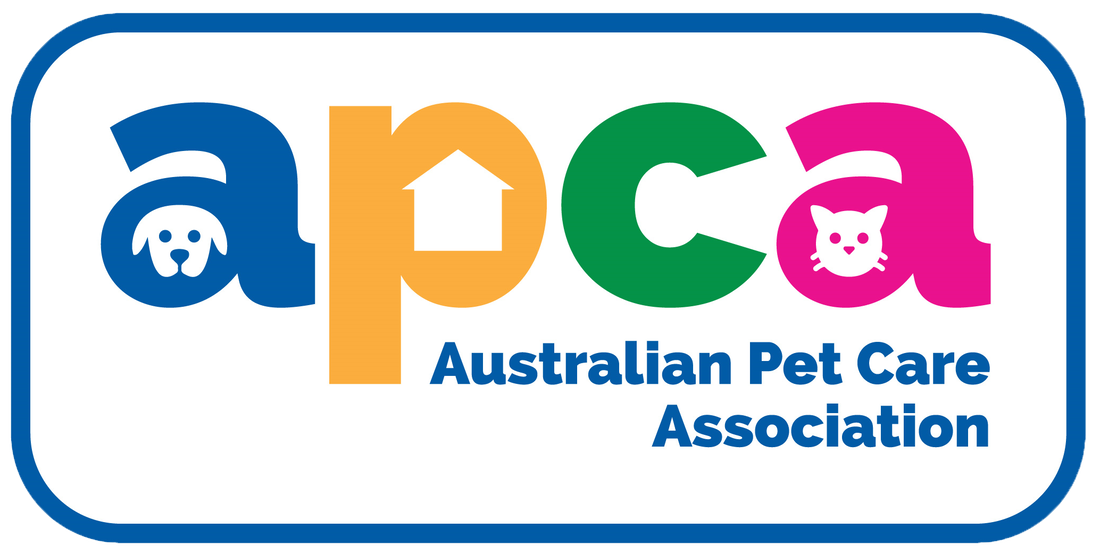|
Origin: Their name is a bit of a giveaway – the PWD originated in Portugal. The breed was created from mixing a number of working dogs from the Iberian Peninsula, to create the perfect dog companion for fisherman. Purpose: The PWD was used as a working dog for fisherman and were capable of many different tasks including herding and catching fish, transporting messages between ships as well as retrieving items from the water. Coat care: When in full coat, the PWD requires a good brush every few days. A distinct clip the PWD are known for is the ‘lion clip.’ Originally this was used to help them move through water and dry quickly, with fur only kept around their vital organs to avoid them suffering in the cold water. They are a great option for allergy sufferers as they as considered a hypo-allergenic dog. Their coat is slow growing and does not require frequent clipping. Health & Temperament: The PWD is a great family pet. They are a fun loving dog who is loyal to their pack. They have plenty of energy to burn and can be very playful but also very relaxed and calm natured when their needs are met. As their name is history suggests, they love water! Water play and exercise included in their routine will keep them very happy and pleased. They are very intelligent and easy to train, responding best to calm pack leader. The breed isn’t prone to many health issues although hip dysplasia can occur. Their average life span is between 10 – 14 years.
0 Comments
This quick and easy biscuit recipe is sure to be a winner with all doggies!
Ingredients
Method
What are Hot Spots?Hots Spots are a bacterial infection on a dog's skin, that can start very small and often go un-noticed until they are larger in size. A dog will lose fur in the area of the hot spot. In the early stages, the skin will be red and moist and will often appear round. The skin will be warm and your dog will constantly be itching at the area. Because of the irritation and the constant itching of the area, the bacteria and infection spreads fast. As the hot spot progresses it can start to ooze pus and smell. What does my dog get a Hot Spot?The two main causes of Hot Spots are Moisture and Irritations. Sometimes the initial cause is one or both of these issues. Moisture sitting on a dogs skin, especially under a thick coat of fur, is the ideal breeding ground for bacteria. Dogs who are water lovers are especially prone to hot spots, due to the constant moisture within their coat. Additional factors that help keep moisture on a dog's skin is thick, knotted, matted or unmaintained fur, collars that don't allow the skin to breath or wearing coats/jackets without having a totally dry coat underneath. Irritations that cause a dog to scratch and itch constantly can lead to a hot spot in that area. Obsessive itching can be caused from a number of different reasons, including skin irritations, allergies, fleas, parasites etc. In this case, the hot spot and the cause of the irritation need to be treated at the same time, to prevent reoccurrence. How do I treat a Hot Spot?A visit to your vet is needed. The area will likely be shaved to allow it to air and heal fast and your vet will prescribe the appropriate medication needed for a speedy recovery.
It's also important to provide your vet with as much information as possible about the possible cause of the hot spot, as preventative measures may be able to be taken to prevent a flare up in the future. You can find more information on Hot Spots from our information brochure HERE.  Origin: The first Pomeranians bred, in the early 1800’s weighed up to 13kgs and were used as sheep herders. They were developed by breeding several ancient Spitz breeds together. It wasn’t until the late 1800’s when Queen Victoria began showing and breeding the Pomeranian that she started to breed them down in size to the dog we know today. Purpose: Starting off as sheep herding and guard dogs, the Pomeranian we know today is more suited to agility tasks and performing tricks, making them popular as show dogs. Coat care: The Pomeranian’s long, thick, double coat requires daily maintenance to avoid matting and skin problems. It should be brushed thoroughly daily as well as daily eye cleaning as they are prone to discharge build up. They shed all year round with twice yearly undercoat sheds. Health & Temperament: The Pom, as common with other smaller breeds of dogs, are prone to a luxating patella (dislocating kneecap.) This is something that can easily correct itself, sometimes with human assistance so its important owners are educated in this. Skin and heart problems are often seen within the breed too. They are also prone to eye and teeth conditions so regular check-ups at the vet can help prevent these develop into serious issues. They are a high energy, bouncy breed of dog. They are very smart, willing to learn and need to be set boundaries from a young age, to avoid an unruly, dominant, bossy dog developing. With rules and boundaries in place, you will have a very loving, loyal and calm companion. Their size makes them ideal for smaller households, providing they get regular daily walks, even if only short. They are a very brave breed of dog, with no fear. It’s important they are socialised from a young age to avoid aggression issues as an adult. They can also act as a good guard dog, having no hesitation in using their voice to warn off any strangers. Their life expectancy is around 15 years. Mickey! Mickey, an adorable young Cavoodle holds the crown for July 2022. One look into Mickey's eyes say it all, he melts hearts! Mickey LOVES everyone and everything, his tail is always wagging and he is always smiling!
Congratulations Mickey! Reg! This beautiful old boy is Reg, a sweet Pointer. Reg is an absolute gentleman and is adored by all of the Doggy Doaters. Despite his health issues, Reg still loves plenty of love and is always up for a stroll.
We all love you Reg, congratulations! With a new month comes a new model for We Love Dogs. Our lucky Dog of the Month for April 2022 is...... Lincoln This adorable little bundle of fun is Lincoln, a 10 month old Mini Schnauzer puppy. He always puts a smile on the Doggy Doaters photos and is such a good boy! He is the perfect winner for this month!
As we roll into another month it's time to announce our next Dog of the Month. Our March Dog of the Month for 2022 is...... Fizo! This beautiful old gentleman is Fizo, an absolute sweetheart who loves his cuddles and snuggling into his bed.
He is the perfect poster boy for this month. Congratulations Fizo! As we welcome in 2022 it's time to announce our first Dog of the month for year. Our January Dog of the Month for 2022 is...... Steve! Beautiful Steve the Aussie Shepherd is recovering from a foot injury and has been the best little patient and most well behaved boy!
We are so proud of his progress which makes him very fitting to be our Dog of the Month. Steve's favourite part of the day is being with the Doggy Doaters, enjoying his back and neck scratches and then snoozing on his bed with the TV on. Congratulations Steve - you are so close to the end of your recovery now, almost there! |
ARCHIVES
June 2024
CATEGORIES
All
|








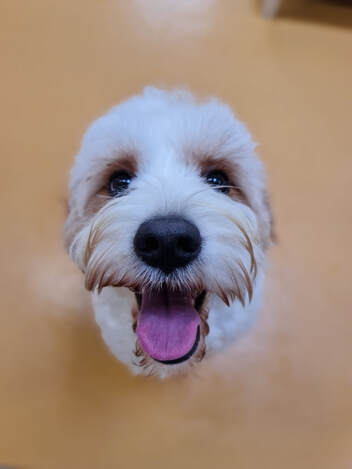
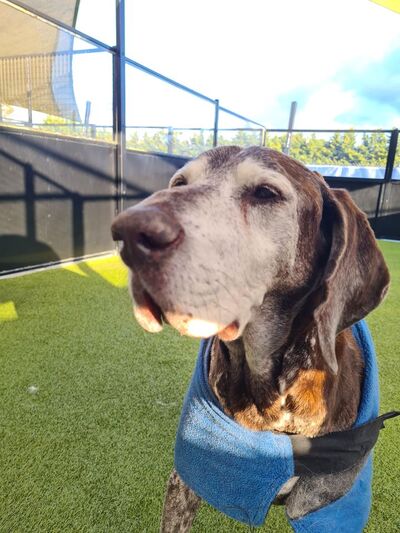
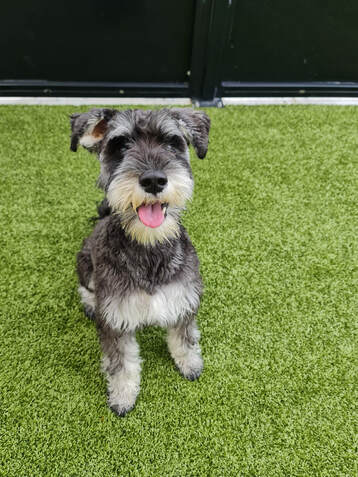
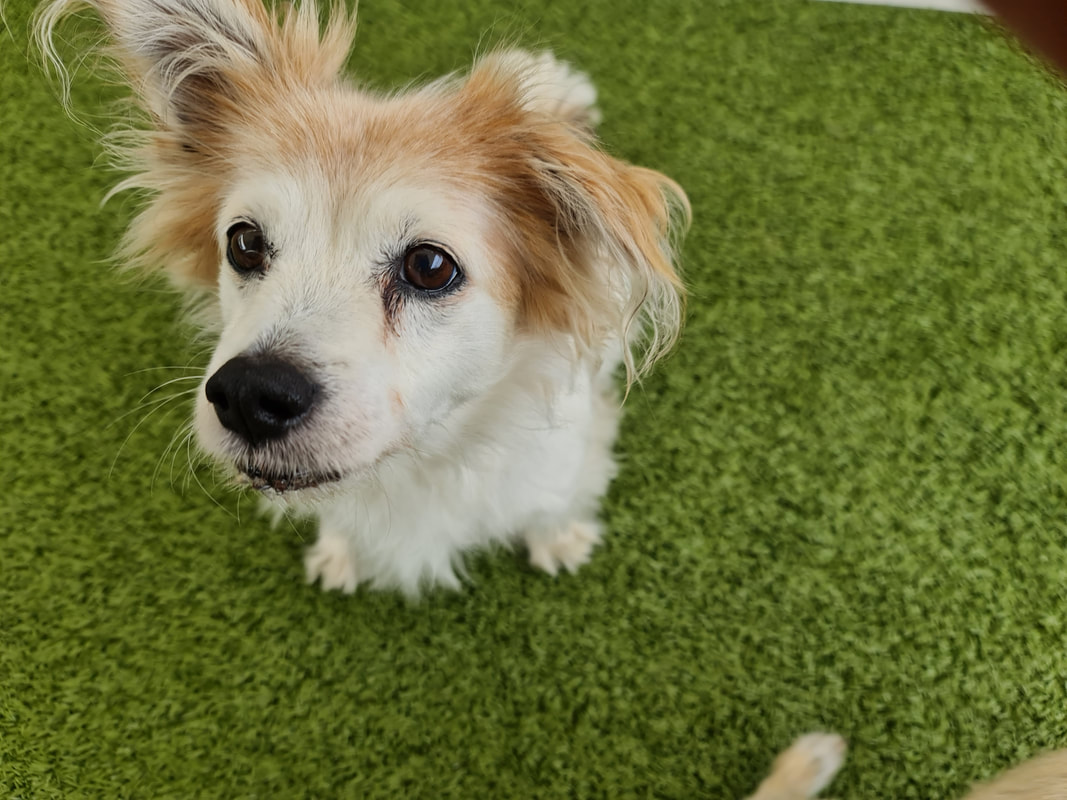
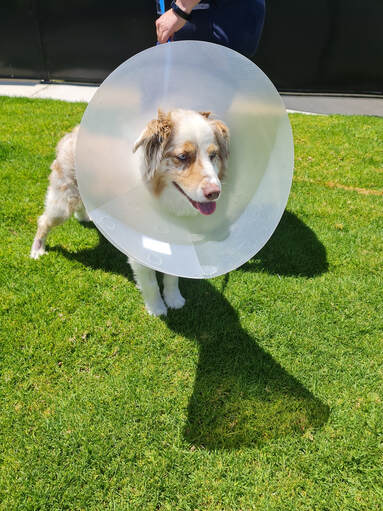
 RSS Feed
RSS Feed
